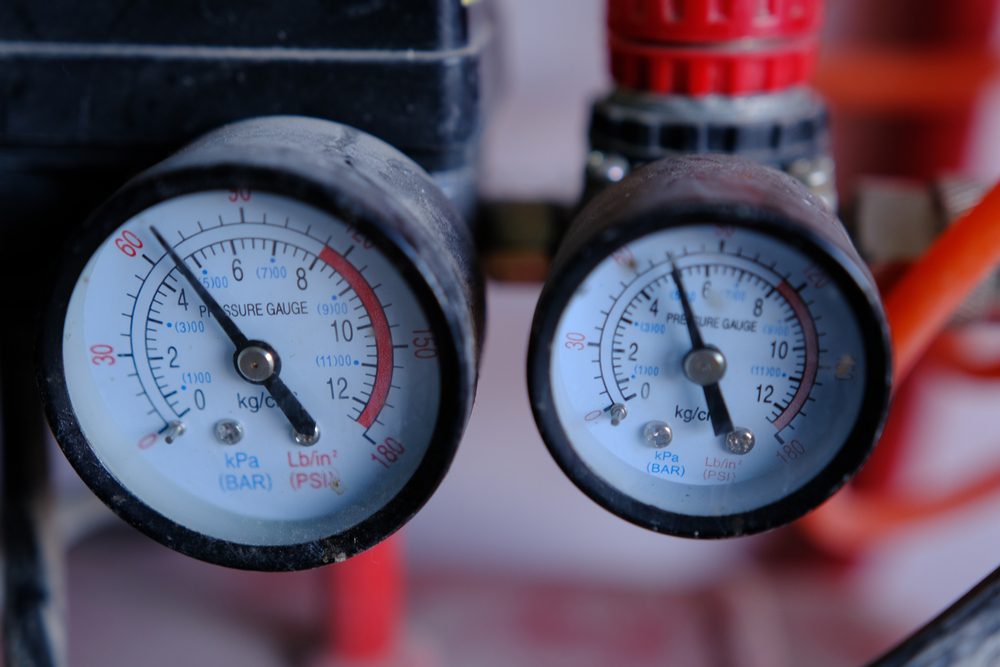
A pressure differential gauge is a critical instrument for many industrial applications. These gauges measure the difference in pressure between two points in a system and are used to monitor and control fluid flow, pressure, and tank level. In this article, we will explore the basics of pressure differential gauges and how they work.
What are Pressure Differential Gauges?
Pressure differential gauges, also known as pressure drop gauges, are instruments that measure the difference in pressure between two points in a system. They consist of a sensing element, which measures the pressure difference, and a display element, which provides a visual indication of the pressure difference.
How do Pressure Differential Gauges Work?
Pressure differential gauges work based on the principle of fluid dynamics. When fluid flows through a pipe or channel, there is a pressure drop across the length of the channel due to the resistance of the fluid to flow. The pressure drop is related to the velocity of the fluid and the size of the channel.
The sensing element of a pressure differential gauge measures the pressure drop across a section of the pipe or channel. This is achieved by connecting the sensing element to two pressure taps, one located upstream and the other downstream of the section. The pressure difference between the two taps is proportional to the pressure drop across the section and is measured by the sensing element.
The display element of a pressure differential gauge provides a visual indication of the pressure difference measured by the sensing element. This can be in the form of a needle on a dial, a digital readout, or an analog display.
The Importance of Pressure Differential Gauges in Industry
Pressure differential gauges are essential for many industrial applications, including HVAC systems, process control, and fluid power systems. They are used to monitor and control fluid flow, pressure, and tank level, and can help detect and diagnose system problems.
In HVAC systems, pressure differential gauges are used to monitor the flow of air through ducts and filters, ensuring that the system is operating efficiently and effectively. In process control, pressure differential gauges are used to monitor and control the flow of liquids and gases through pipes, ensuring that the correct amount of fluid is delivered to each part of the system. In fluid power systems, pressure differential gauges are used to monitor and control the pressure and flow of hydraulic fluids, ensuring that the system is operating safely and efficiently.
Conclusion
Pressure differential gauges are essential instruments for many industrial applications. They measure the difference in pressure between two points in a system and are used to monitor and control fluid flow, pressure, and tank level. Understanding the basics of pressure differential gauges and how they work is essential for anyone working in an industry that uses these instruments. By knowing how pressure differential gauges work, users can ensure that they are operating their systems safely and efficiently, reducing the risk of system failures and downtime.
Mid-West Instrument
For over 60 years, Mid-West Instrument has been a leading provider of premium differential pressure gauges. Need help finding the right DP pressure gauge equipment for your business? Reach out to us today to speak with one of our experienced professionals.

